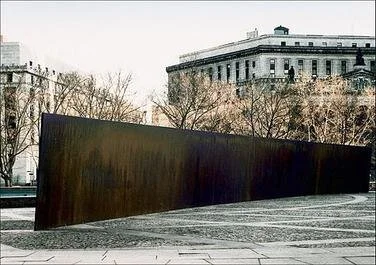The Carleton Commission and Evidence of Arson in the Great New York Fire of 1776
By Bruce Twickler
In October of 1783, just six weeks before the British evacuated New York, the Commander-in Chief-of the British forces, Sir Guy Carleton, commissioned a panel of three British officers to investigate the disastrous fire that devastated the city seven years earlier. Shortly after midnight on September 21, 1776, fire had erupted in lower Manhattan. By daybreak it had consumed five hundred buildings – including schools, churches, warehouses and homes – and caused more destruction than all the previous colonial fires in New York combined.
Read More








